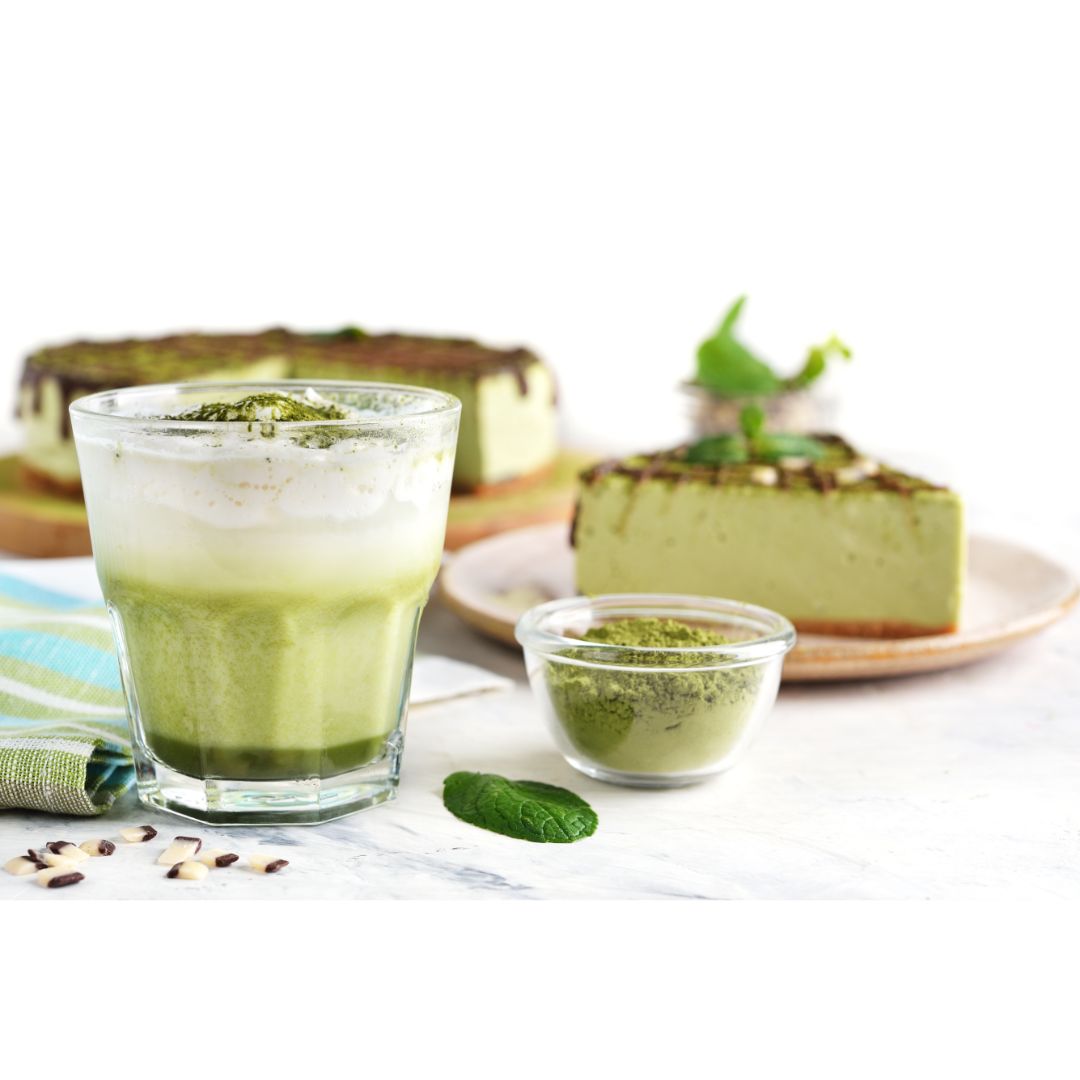DIFFERENCES BETWEEN MATCHA TEA FOR COOKING AND CEREMONIAL
There are different varieties of matcha tea. Well, more than varieties we can talk about different aromas, textures and shades of green. Each brand of matcha has its peculiarities since not all the matcha It does not matter.
In this post, I will talk about the differences between cooking and ceremonial matcha tea, the importance of tea quality matcha and the reasons why you should opt for it high quality and ceremonial matcha.
WHAT IS THE DIFFERENCE BETWEEN THESE TWO TEAS?
The culinary matcha it is of low quality. It is cheaper and is mainly used for cooking and baking desserts. Its color is dark green, rather brownish. There is little to no umami flavor in this grade of matcha. It is very bitter when mixed with plain water and has a muddy, pasty flavor profile. It is not the best option to drink; better to use it only for cooking.
Ceremonial grade matcha , on the other hand, is of high quality. It has been carefully picked, steamed and ground. Its color is a vibrant green, with hints of blue and yellow. It has a sweet aroma and a slightly bitter aftertaste. The umami lingers on the tongue and its texture is creamy and rough at the same time. He High quality matcha has a higher price but for one simple reason: preparing a matcha authentic traditional is a delicate process. The best and finest tea leaves are selected after harvest. They are carefully cooked, air dried, and the stems are removed to reduce oxidation and maintain a high level of antioxidants.
WHY SHOULD YOU NOT DRINK THE MATCHA SUITABLE FOR COOKING?
A culinary grade is not ideal to consume as a beverage. It's fine for cooking and baking, but there's not much point in drinking it for the following reasons:
One enjoys a matcha for:
- the delicious taste
- The health benefits it provides
culinary degree it is below ceremonial grade when it comes to taste. Most people don't really like matcha tea due to the fact that they have only tried a culinary grade: it is bitter, too grassy and muddy .
The ceremonial grade , on the other hand, is sweet, has a nutty aftertaste, and is creamy. Its flavor profile can change depending on whether it is served hot or cold. The heat brings out its natural earthy undertones, while the ice cold brings out its natural sweetness. He high quality matcha it also tends to have a smoother consistency since it has been properly harvested, steamed, dried, destemmed, and ground. Therefore, there is no point for us to drink the culinary grade when we can enjoy the delicious taste of the ceremonial one.
"I DON'T CARE ABOUT THE TASTE AND I'M ONLY INTERESTED IN THE BENEFITS THAT MATCHA HAS FOR HEALTH"
Ok yes, many of you don't care about taste and only take matcha for its beneficial health properties. I have to tell you that the reality is that high quality matcha not only tastes better than a low quality culinary grade; besides, it's better. What makes high-quality matcha so tasty also makes it better for our health. The greenish-brown color and bitter taste in a low-quality grade is the result of oxidation. Matcha is rich in antioxidants, which are destroyed when oxidized. Recent studies point to how high-quality matcha also has a higher concentration of L-theanine, the relaxing and meditative compound in green tea.
Many will say, "since culinary grade is cheaper, I can consume much more and get all the health benefits of a ceremonial grade."
This is true, up to a point. The problem is that you probably don't want to do that for two reasons:
- If more culinary grade is consumed, you might get to the point where you spend the same amount of money.
- A lot of lead could be consumed.
Soil naturally contains lead. Matcha, while basically a health elixir, is going to be susceptible to lead present in the soil. If you consume too much matcha, you have a higher chance of consuming high levels of lead.
Also keep in mind that different regions where this is grown have different levels of lead present in the soil. China has a higher level than Japan. Most of the best-selling culinary brands come from China, while authentic Japanese matcha is pure and clean.
Considering all these reasons, the best thing for one is to drink high quality matcha.

Share:
Get back to the routine with the energy of Matcha Tea
matcha tea ceremony